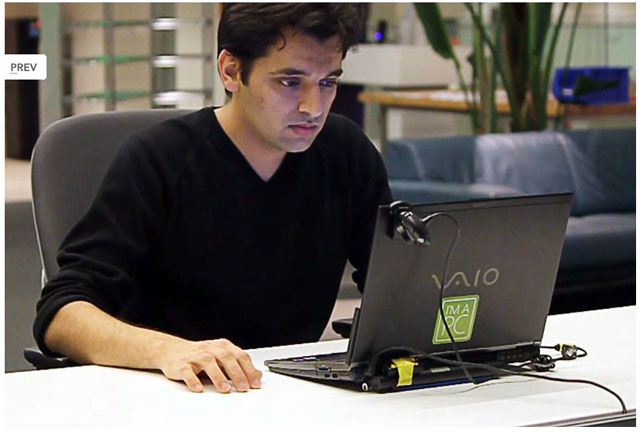
- MOUSELESS TECHNOLOGY HOW TO
- MOUSELESS TECHNOLOGY SOFTWARE
- MOUSELESS TECHNOLOGY BLUETOOTH
- MOUSELESS TECHNOLOGY TV
The wand uses a button and two reflective dots to click. The method also works with a pencil-size wand, which can move the cursor when the user is not seated at the computer and up to about 30 feet away. A small key installed on the keyboard near the space bar allows the user to click on an object when the cursor is in position. In finger tracking, computer users wear a small ring near the tip of an index finger, the movement of which propels the cursor around the screen. “It’s not an efficient or natural way to do things,” he said. The impetus for the dot-tracking technology came from Johnston’s aversion to taking his hand from the keyboard to manipulate a mouse.

“Now my head is the mouse.” Next came his nose. He then placed the dot on his forehead and began tilting his head. “See, now my finger is the mouse,” Johnston said. The cursor on the screen moved in concert.
MOUSELESS TECHNOLOGY SOFTWARE
“As you move the dot, the software moves the cursor.” Seated at a computer in his Seattle area office, he performed an impromptu demonstration, placing a small reflective dot on the end of his finger, then moving his finger in small arcs. “The computer tracks the reflective dot,” he said. Johnston then uses reflective dots – on a ring, wand or headmounted device – to provide a reference point for the computer. Inside the camera are light-emitting diodes, or LEDs, which bathe the area in front of the computer with infrared light. A tiny camera is mounted at the top of the keyboard, aimed at the user. The concept for the mouseless technology is relatively simple. “That collaboration is something we may continue, as we get more funding, to take this in new directions,” Johnston said. Johnston initially obtained a grant from the Washington Technology Center and researched the idea in collaboration with the UW’s Human Interface Technology Lab, where he used to run the lab’s Virtual Retinal Display project. “I show it to people and they get very excited. “There are a lot of possibilities for this,” Johnston said. And then there are potential applications for virtual gaming.
MOUSELESS TECHNOLOGY TV
The technology also makes computer presentations a breeze with the use of a remote wand, promises to nudge Web TV into the realm of truly convenient entertainment and eases computing for those with disabilities. In its place would be a ring that allows computer users to manipulate their cursor with the lift of a finger – and without taking their hands off the keyboard.


The former University of Washington researcher and founder of a new start-up company called Dot On has found a way to demouse home computers. He wants to get rid of the mouse, period. You can click “Adjust mouse & cursor size” to manage size and appearance (including color), you can view “Additional mouse options” for more ways to customize.Richard Johnston isn’t looking to build a better mousetrap.

For more cursor customization options, check under Related settings.To decrease, move the marker to the left. To increase your mouse sensitivity, find the Cursor speed slider and move the marker right.
MOUSELESS TECHNOLOGY BLUETOOTH
You should see it alongside other device options like Bluetooth and Printers. Select the Mouse tab from the left sidebar.Alternatively, you can enter “mouse” in the “Find a setting” search bar if you want to view other mouse settings.Select the Devices tab from the Settings window.It should be located just above the Power icon, where you go to restart or shut down your device. Click the gear icon on the left-hand side to access Settings.Click the Windows button at the lower-left corner of your screen.
MOUSELESS TECHNOLOGY HOW TO
Fortunately, learning how to increase mouse speed or change your mouse sensitivity is easy.


 0 kommentar(er)
0 kommentar(er)
